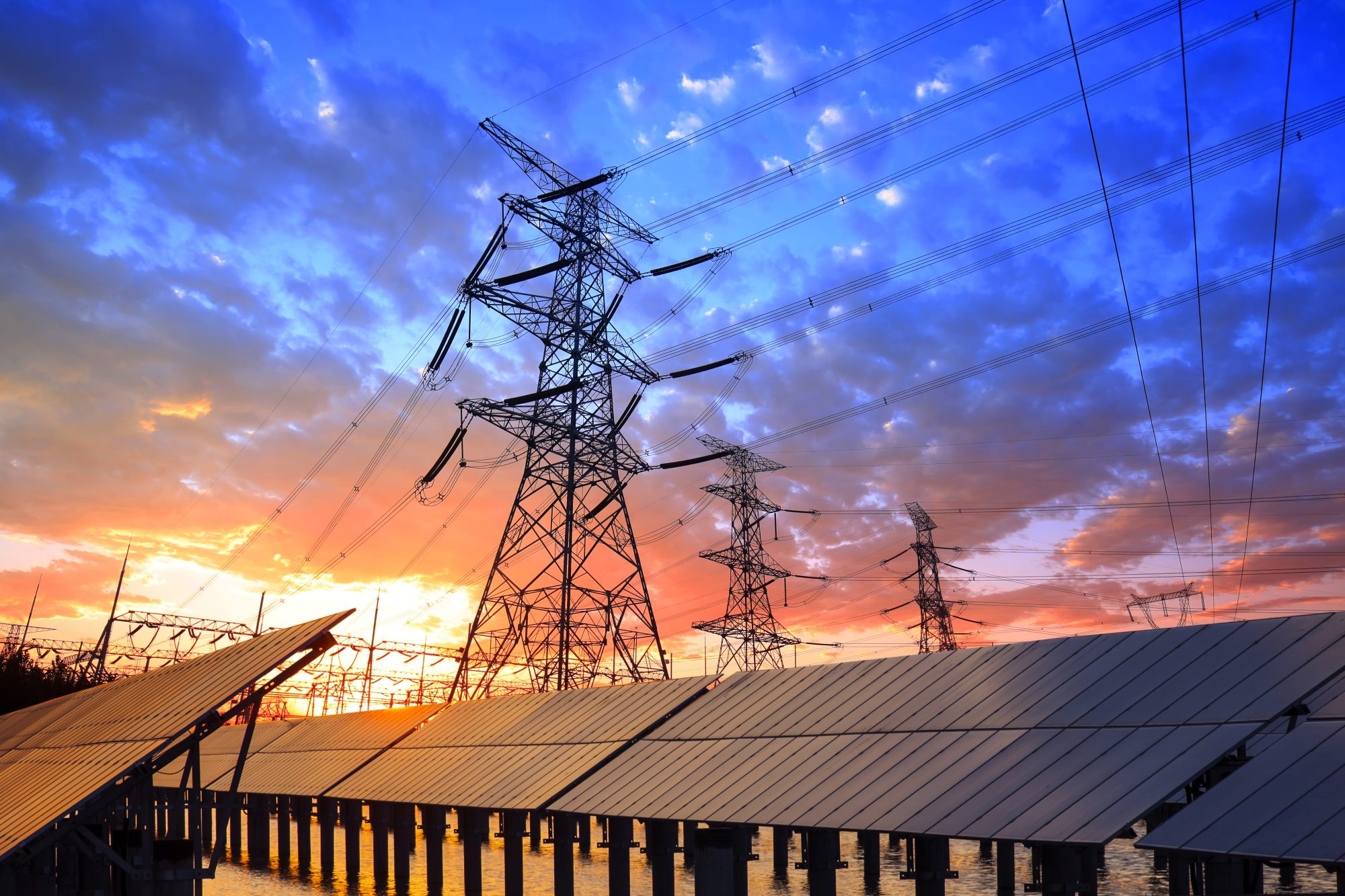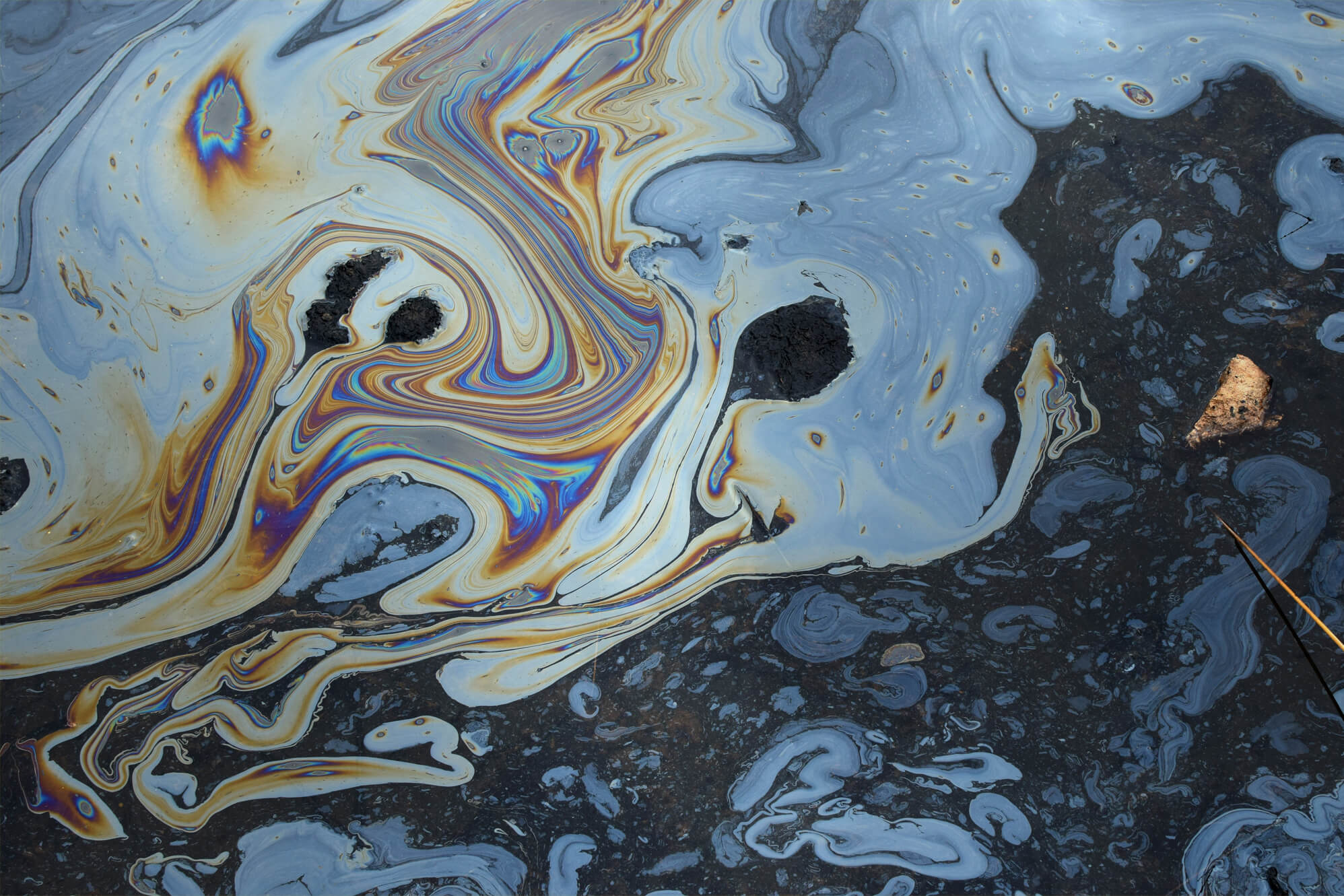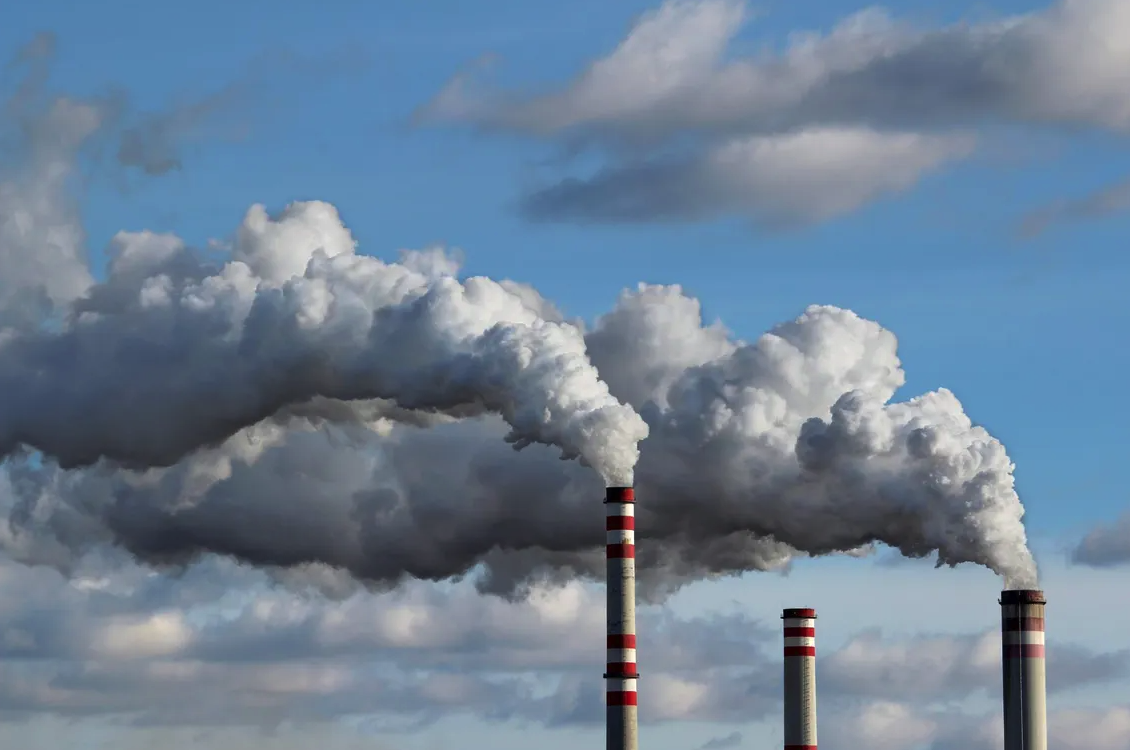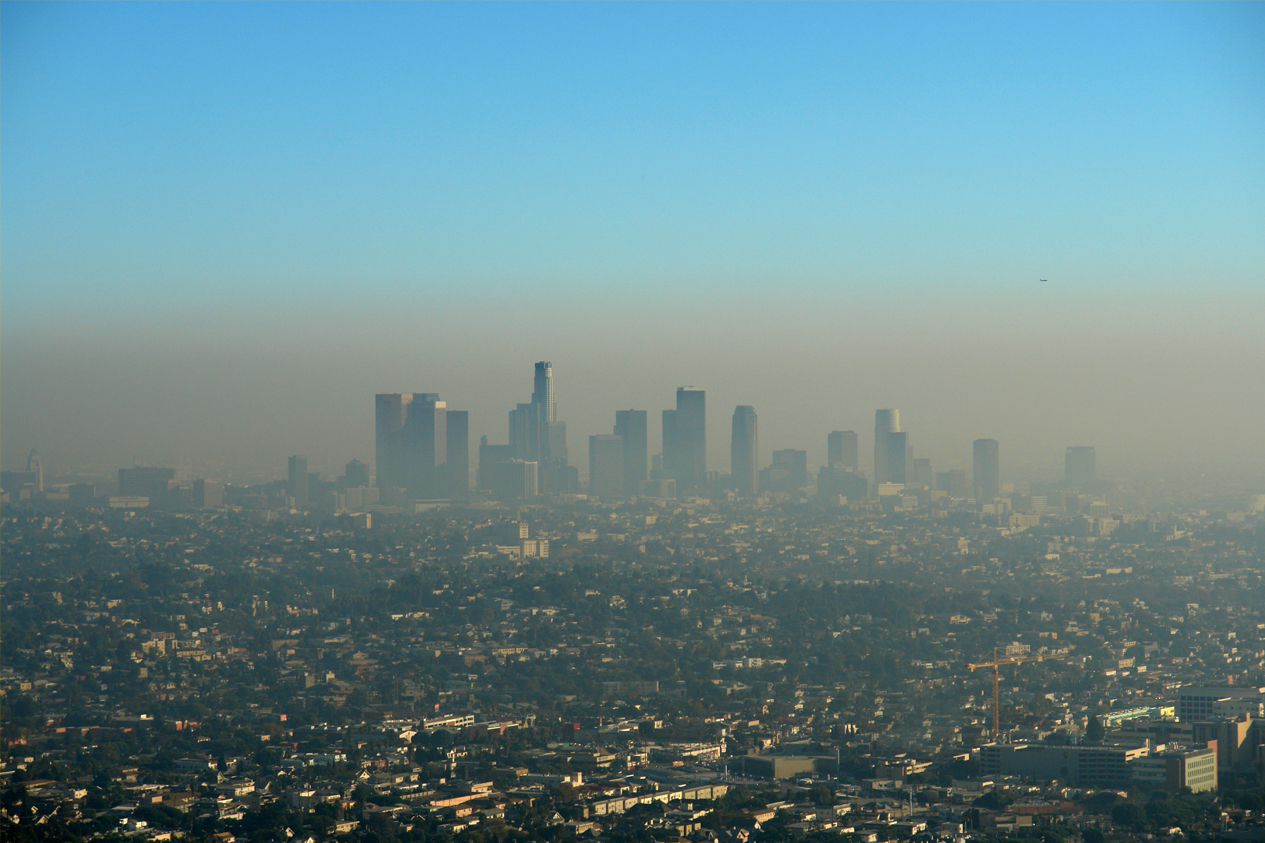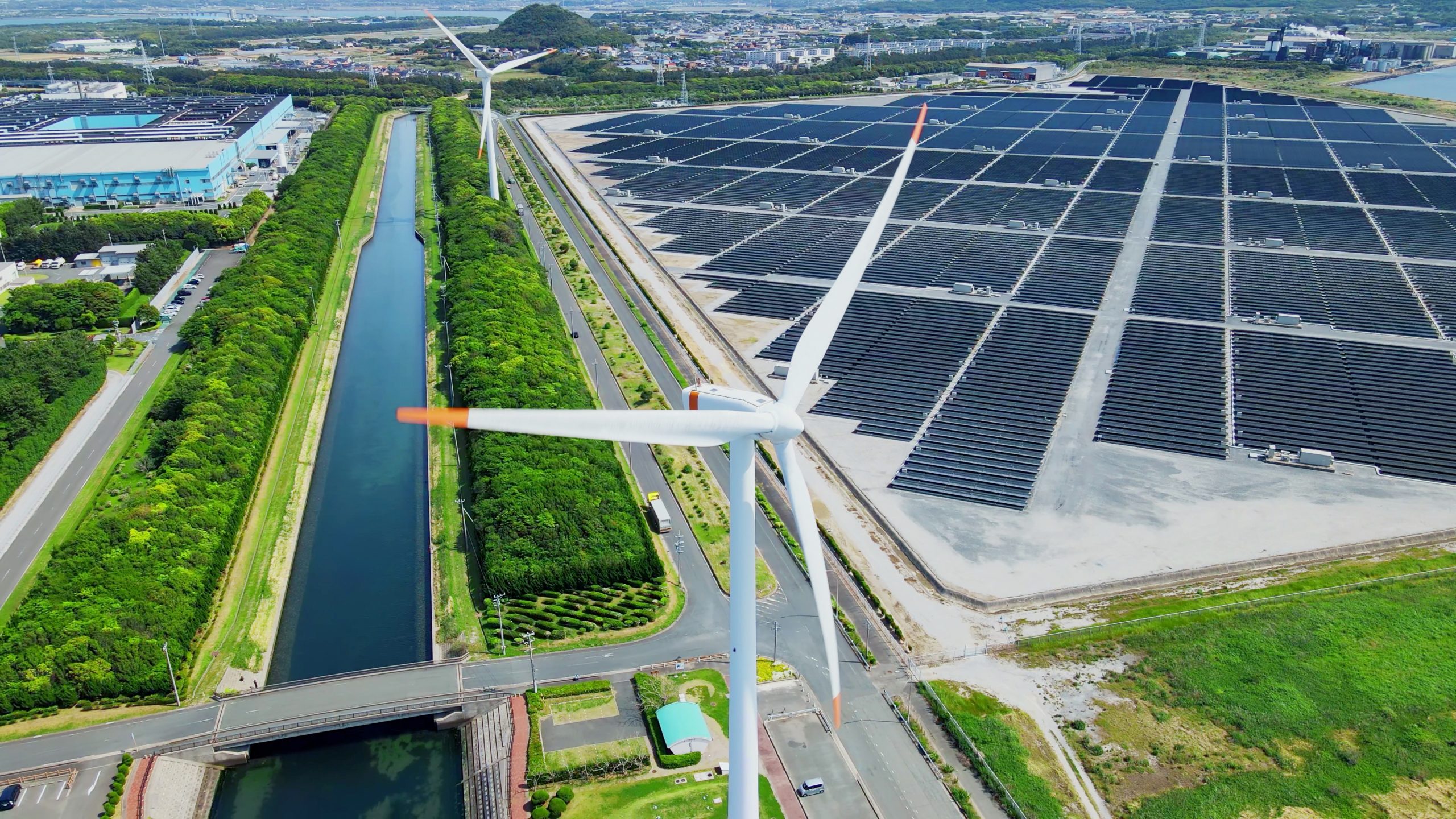Aliphatic hydrocarbons can fit into three different subsets — alkanes, alkenes and alkynes. Alkanes are the most common, containing only single bonds. Alkanes include gases used as fuels, liquids such as gasoline and waxy solids such as candle wax. Some familiar examples of alkanes include:
- Methane.
- Propane.
- Butane.
- Ethane.
The other categories of aliphatic hydrocarbons include alkenes and alkynes. Alkenes contain double bonds. They are more reactive than their single-bonded counterparts. Alkynes, with their triple bonds, are highly reactive and unstable.





